Will Mining Damage Your GPU? Your Options in the World of Graphic Cards
Crypto mining is widely recognized for using a large number of graphics cards and rapidly burning them. When many people think about cryptocurrency mining, they see warehouses full of graphics cards running at their maximum, fastest performance settings — yet many others do it on a smaller scale in their homes.
If you're thinking about utilizing your GPU to mine cryptocurrency, assess if the strain on the equipment and the power cost is worth the profit.
GPU Mining:
GPU mining is a popular mining technique. It necessitates the use of high-performance graphics cards. These allow you to optimize and improve the computing capabilities of the machines on which they are installed. That is why we are here today to talk about GPU mining. GPUs were mostly meant for use in video games; nonetheless, they were helpful for mining cryptocurrencies such as Bitcoin mining. In terms of computing capability, these GPUs exceed ordinary CPUs. A graphics card, a CPU, a motherboard, a platform frame, and a cooling system are all included in a GPU kit. They can total up to $3,000 in price. As a result, there are lower-cost options to begin with, such as CPU mining.
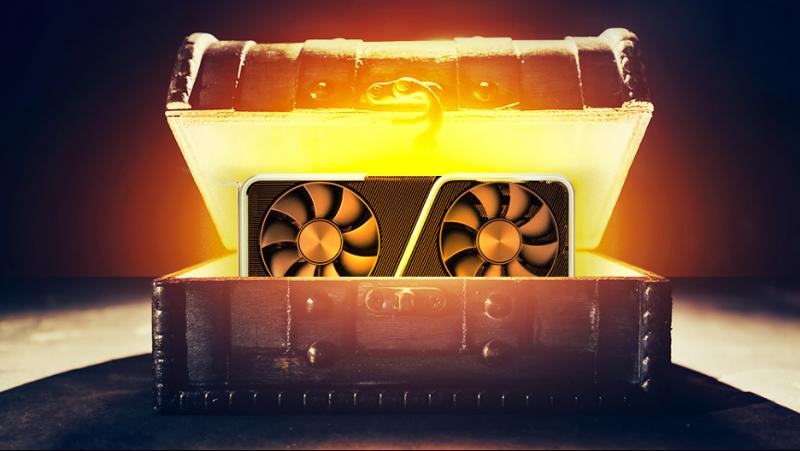
How Mining Damages GPU:
This is determined by how you configure and optimize your GPU. You have nothing to worry about if you utilize the proper settings!
A graphics card, like any other electrical component, will use power when in use, with the bulk of this electricity being converted to heat. These components become hotter than typical while under demand (gaming, rendering, mining, etc). This heat must be removed from the heated graphics card core. In certain circumstances, consistent GPU mining may be more secure than gaming. Because the demand is properly dispersed over time while mining with a GPU, there are no heat spikes or rapid decreases that might harm the GPU. When gaming, there are loading periods, various graphics, and maps that place a varied demand on your GPU at different moments. This causes the GPU's temperature to rise to 70°C or even 80°C before falling down to 50°C.
When mining with the proper settings, your GPU's thermal burden should be rather equally spread across time; for example, a GPU may run at 65°C all the time.
How to Keep Your GPU Safe While Crypto Mining:
Keep it Clean:
You don't want dust or filth on your graphics card. Instead, you want the fans to be clean and the card to be clear of junk. Dust not only clogs the fans and prevents them from operating properly, but it also raises the temperature of the card. If your system is dirty in any way, make sure you open it up and dust it on a regular basis. It should not be left on your components.
You should also keep your system somewhere somewhat cold so that it does not have to work against the ambient temperature of the room to keep the GPU temperature stable.
Make use of the Cooling System:
Consider utilizing a higher-end air cooler with a larger air moving capacity. You may also seek an all-in-one liquid cooler or a bespoke liquid cooler. These may keep it cooler than just the standard fans.
Make sure your case has adequate fan management and lots of locations for cold air to enter in and heated air to get out.
Use Right Settings:
When configuring your computer for mining, don't dive in without first knowing how to accomplish it. Experienced crypto miners believe that with the right settings, you can keep the temperature reasonably low rather than hitting near the maximum temperatures that it is capable of. This should allow it to work for a longer period of time.
Crypto mining is a complicated world to enter. Before you join a mining pool, understand everything you can about mining. You may be able to protect a larger portion of your investment this way.
Lower the Power Limit:
You can keep the GPU cooler by limiting the amount of electricity it can draw. Each graphics card comes with software that allows you to choose how much power it needs, the clock speed, and the maximum temperature. This will help it live longer.
Reduce the power restriction to 70 or 80 percent of the maximum and see the effect on your temps. You'd be shocked at how much cooler things can run. You may also set a maximum temperature or reduce the voltage.
Thermal Paste:
Thermal paste or pads are used on all GPUs to keep their components cool. These serve as a lubricant as well as a means of transferring heat away from sensitive sections.
The longer a graphics card is used, the more probable the thermal paste has dried up. When the paste or pads on a GPU need to be changed, you may notice that the temperatures rise more often. If you're mining and the GPU is active on a regular basis, keep an eye on the temperatures to determine whether to replace the thermal paste or pads.
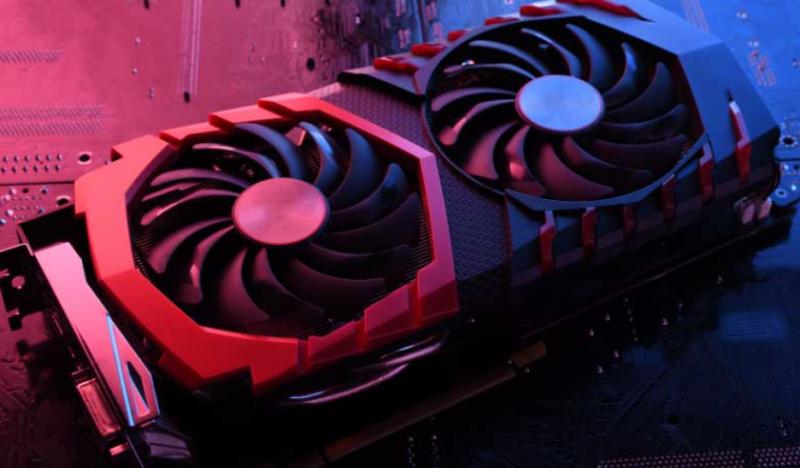
Graphic Cards for Mining:
A time-consuming activity like bitcoin mining needs a significant amount of processing power and memory. You'd need a graphics card that meets the optimal performance level while staying within your budget. When looking for graphics cards for bitcoin mining, you should look for alternatives that can handle a heavy load. You would also need a longer processing time, which implies the CPU would have to run continuously. Special standards or characteristics are required for speedier processing and high-speed applications. When shopping for a graphics card, you should examine parameters such as capacity, memory, speed, and overclocking potential.
Your options in the world of Graphic cards:
Nvidia GeForce RTX 3060 Ti:
This graphics card is among the top in terms of overall performance. It is an amazing card with impressive potential. It is built on Nvidia's newest Nvidia architecture and is suitable for both gaming and mining. In terms of performance and efficiency, it comfortably outperforms the RTX 2080 Super.
Another outstanding characteristic is the low energy cost. It features a HashRate of 60MH/s and an 8GB GDDR6 VRAM memory. The composition is made up of 4,864 CUDA cores. It performs well in various criteria as a cheap RTX 30 GPU.
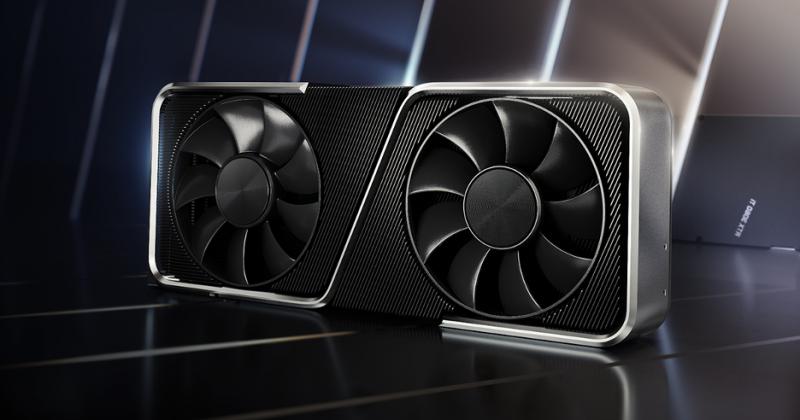
GTX 1050 Ti:
This graphic card is the least powerful on this list, yet it is popular owing to its modest price - at $140–$170. These cards come with 4 GB of RAM. The suggested overclocking levels for the core are 150 MHz and 500 MHz for the memory.
Despite its inexpensive price, this model may not be appropriate for everyone. The best coins for this card are not well recognized. The card is also unsuitable for Ether. Furthermore, because of its price, the GTX 1050 Ti is well suited for those who need to put together several systems.
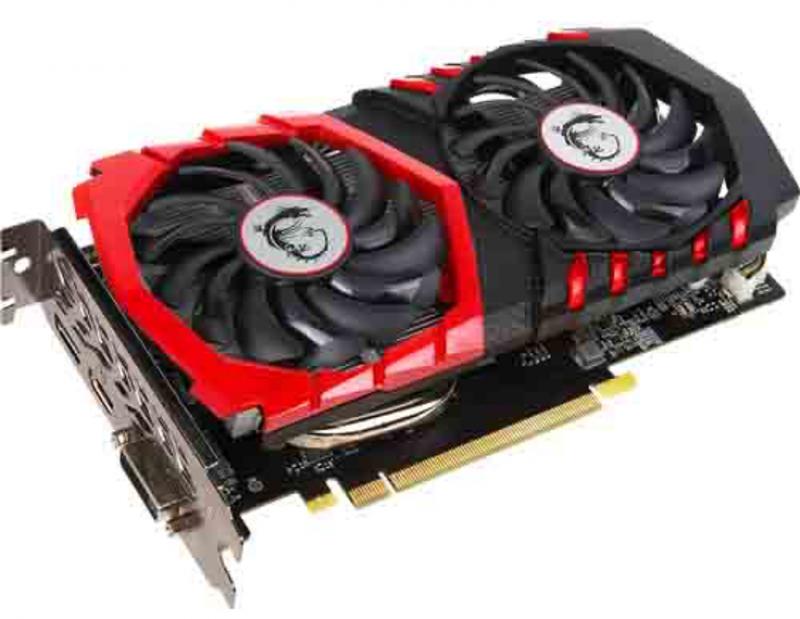
AMD Radeon RX Vega 56:
The Vega 56 is one of the finest value graphics cards available today for gaming and mining.
Like other AMD cards, it might be difficult to get a new one, and buying one second-hand can be problematic because the card has most certainly been used extensively for mining and may not be in the finest shape.
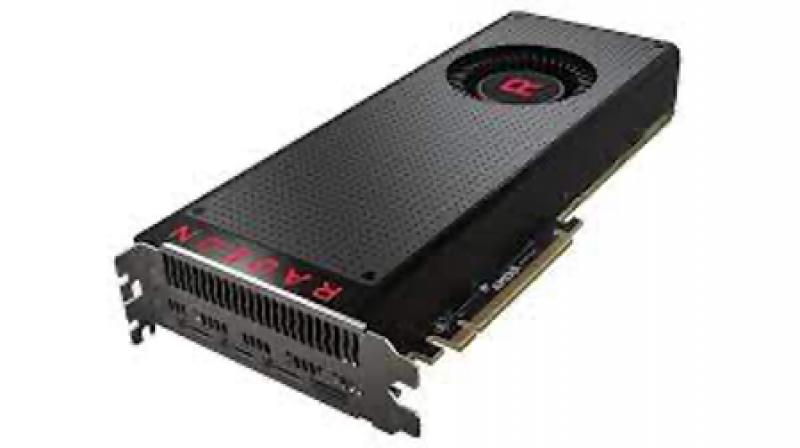
RTX 2080 Ti:
Nvidia's flagship graphics card. This graphics card, according to its designers, is six times faster than its predecessors and boasts 11 GB of memory. However, when mining directly, the payback period for the RTX 2080 is determined by its price and the volatility of the cryptocurrency market.
The card is most effective in extracting ZHash, Ethash, and Equihash. Despite better features and a price that exceeds $1,200, it offers several advantages.
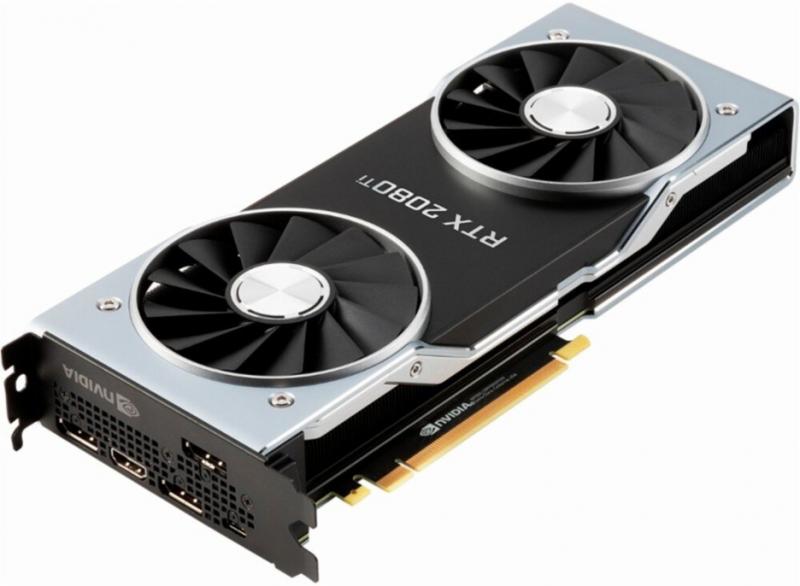
Radeon RX 5600 XT:
AMD's previous generation Navi GPUs are excellent at mining, and the 5600 XT can achieve over 40MH/s while using just approximately 115W. Depending on the pricing, the RX 5500 XT 8GB may possibly be worth considering. Mining performance is lower, but efficiency and break-even time are nearly the same as those of the 5600 XT.
Which is the Best Card?
It is difficult to provide an impartial response to the topic of which graphics card to use for mining. The crypto mining industry is vast, with thousands of algorithms constantly evolving. Although new video card models are constantly being released, there are special drivers for certain sorts of cards, and mining clients have been upgraded and modernized. Top cryptocurrency values are similarly erratic, and this is only the tip of the iceberg. It is simply difficult to choose the ideal video card for each situation due to the existence of such a large number of parameters. As a result, customers should select a package of cards that will meet their mining requirements.
Previous Posts:
Next Posts: